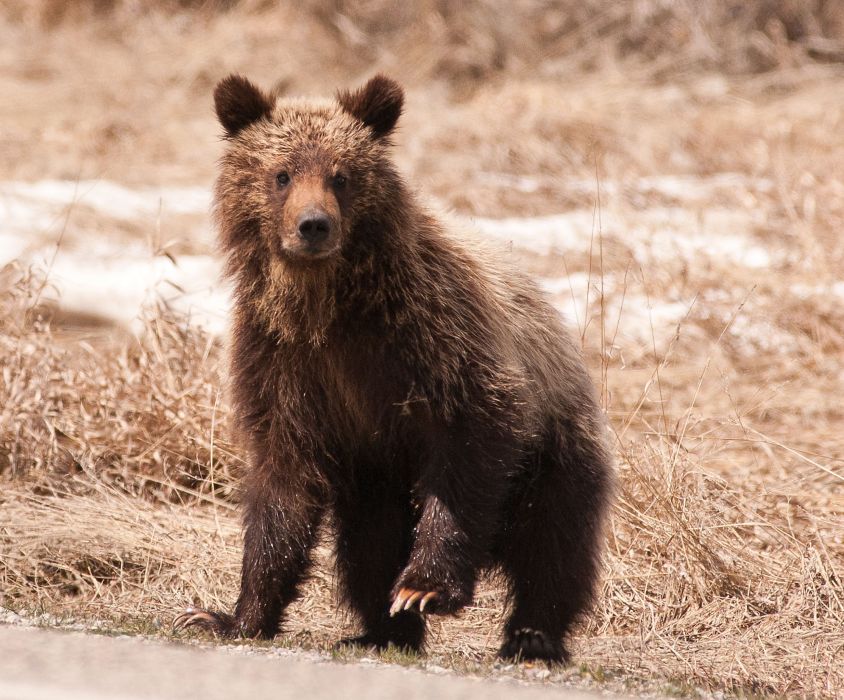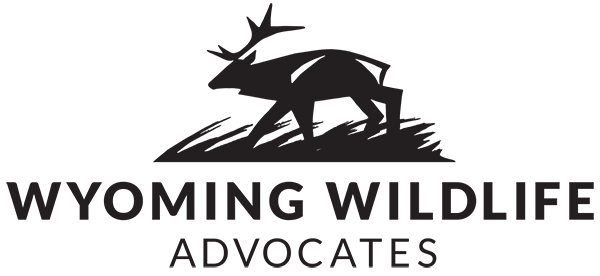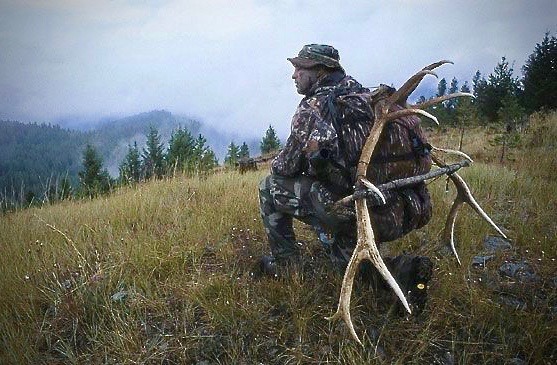A new opinion piece by Montana elk hunter David Stalling illustrates why trophy hunting grizzlies won’t make the forest safer for humans. Is that what we really want anyway?
“There’s inherent risks to wilderness travel. In some places, grizzlies can be one of those risks, particularly when you kill an animal like an elk that is also a critical source of nutrition bears so urgently need to fatten up for the approaching winter sleep. Do we need to sanitize these places and make them safe for us elk hunters or should we honor the wildness they emanate that makes us feel more alive?
Grizzlies are beautiful, powerful, fascinating, and potentially dangerous animals that are gravely maligned by the remains of frontier attitudes and misunderstandings, sometimes invented or exaggerated in order to provide a more compelling justification for killing them.
Collectively, as a society, many deem it more important that the wilds be made safer for humans than wild grizzlies — that it’s more important for, say, a guy from Florida to be able to fly to Wyoming and pay someone to help him kill an elk than for a sow grizzly to be able to securely raise her cub in what little remains of places where grizzlies can be grizzlies.
Let’s not beat around the bush. I am a hunter who kills elk and deer to put meat in the freezer. Still, I ask: do we recover animals, like a grizzly, in order to kill them for fun again? Management priorities promoting this line of thinking seem askew.”
David Stalling is exactly correct with his musings about managing a species just to kill them for fun again. That kind of thinking is vastly askew and not something that is supported by a large majority of the U.S. population. We cannot make the wilderness safe for humans, nor should we. The risk that comes with being out in the wild is a part of outdoor life. With the restored balance of having large predators back in the ecosystem, hunters, mountain bikers, hikers, and all outdoor recreationists will have to educate themselves on how to avoid bear encounters. We need to change our behaviors in order to allow grizzlies to be able to live in one of the few places they can still survive. Grizzlies deserve our respect.

Trophy hunting grizzlies would not have deterred conflicts this fall and will not deter conflicts in the future. It wouldn’t have saved the life of hunting guide Mark Uptain. Unless the intent is to remove all bears from an area (which is very much what the Wyoming Game and Fish’s grizzly management plan intends to do outside the Demographic Monitoring Area) grizzlies will still be present, will still act aggressively to a threat they perceive to their food or young, and will still be looking for food in the fall. The bears that have been either shot in self-defense or trapped and euthanized by wildlife management agencies were mostly exhibiting normal bear behavior. Protecting food sources and young while consuming calories in order to survive the winter. Both things that shouldn’t warrant a death sentence. A trophy hunt is not going to target specific bears and certainly isn’t meant to target female bears who are sometimes the ones involved in conflict because they have cubs.
As of the writing of this article, 57 grizzlies are on the official 2018 mortality list from the U.S. Geological Society. If a grizzly hunting season would have taken place, we would have almost 80 dead grizzlies this year so far with the total for 2018 likely reaching close to 100. Besides the fact that the majority of U.S. citizens do not want to see grizzly bears hunted, this level of mortality (almost 15% of the total population) is unacceptable scientifically. A slowly reproducing population like grizzly bears cannot sustain that level of mortality for years on end without seeing a significant decline. Would the Wyoming Game and Fish Department have disappointed their “customers” and suspended the hunt next year due to the overwhelming mortality this year? We think not.
Vitally important in all this is the need for any outdoor recreationist in the Rocky Mountains to educate themselves on how to properly use bear spray. More people are out on the landscape with bears, so encounters are undoubtedly going to increase. Avoidance is the best course of action with having your bear spray actually in your hand being the second best thing to do when recreating in bear country. Bears will be bears and are acting instinctually. We are the species that has the capacity to reason, prepare, and avoid. It’s time we start acting like it.
Feature image by Bob Knobel. Mountain Journal.

